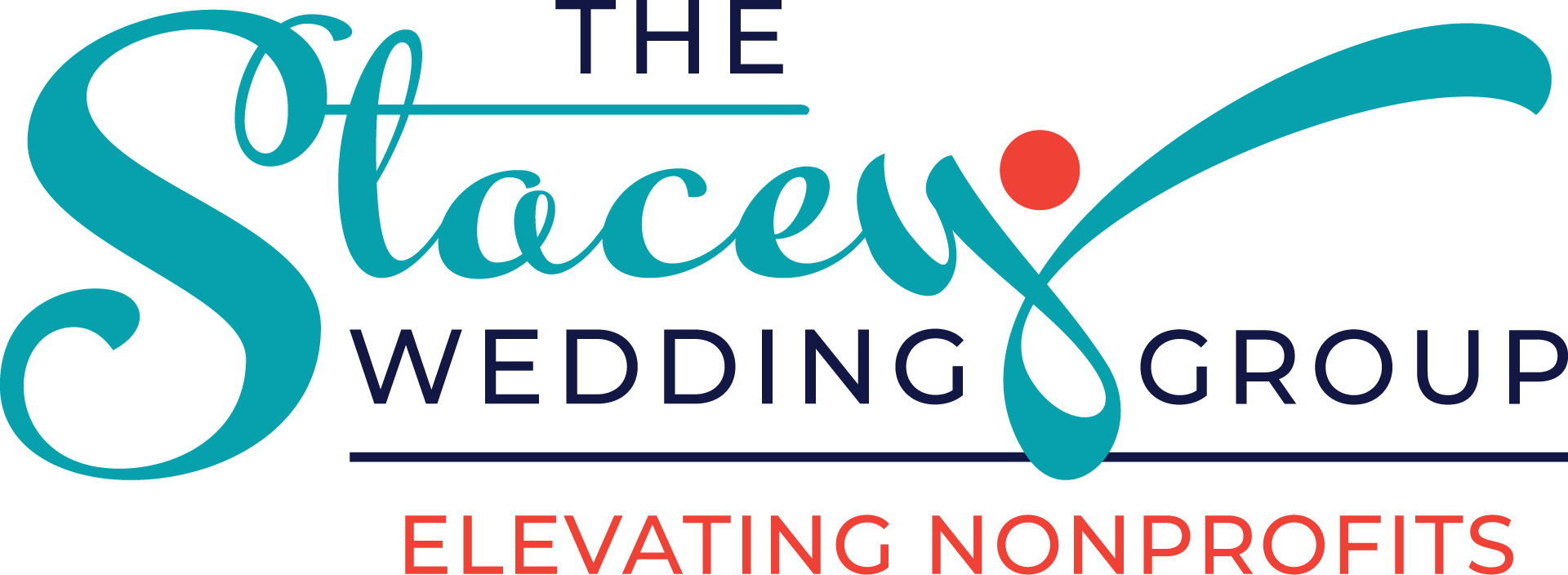There is no quicker way to lose a board member’s interest or passion than a poorly run board meeting. We’ve all been a part of that snoozer meeting that should have ended 30 minutes prior. We’ve also had the opportunity to experience a meeting that energizes and puts some pep in our step.
Think about the differences.
Whether a board meeting or staff meeting, I’m going to guess that the best meetings you’ve experienced are those with a clear purpose that is shared with all attending. Meetings with an agenda and the flexibility to adapt. Meetings that start and end on time. Meetings that are a two-way street of ideas and feedback versus a one-way highway of information regurgitation.
Sadly, very few organizations understand the value and power of a well-thought-out meeting, and it shows in lack of attendance, reports that go on too long, waning passion and interest, and people multi-tasking, daydreaming or worse yet—falling asleep!
I challenge you to implement one item from the below list into your board or staff meetings and let me know how it goes! And if you’re looking for more tools to jazz up your board meetings, look no further than this resource I’ve developed to take your meetings from boring to blazing.
- Share the purpose of the meeting and meeting materials in advance
- Start and end the meeting on time
- Establish meeting norms/ground rules
- Create a well thought out agenda (share whether an item is informational, requires discussion, and/or requires action) with target timeframes for each area and the name of the person leading that agenda item
- Start the meeting with a reminder of the intended outcome/purpose and something to center the discussion (mission moment that answers the larger question of “why are we here?”)
- Ensure name cards for all present (if attendees may not know each other or if you have new attendees)
- Lead with strong facilitation (keep the discussion moving!)
- Provide opportunities for engagement and discussion
- Manage challenging personalities
- Do a quick meeting exit evaluation
— written by Stacey Wedding, CEO & Chief Strategist
